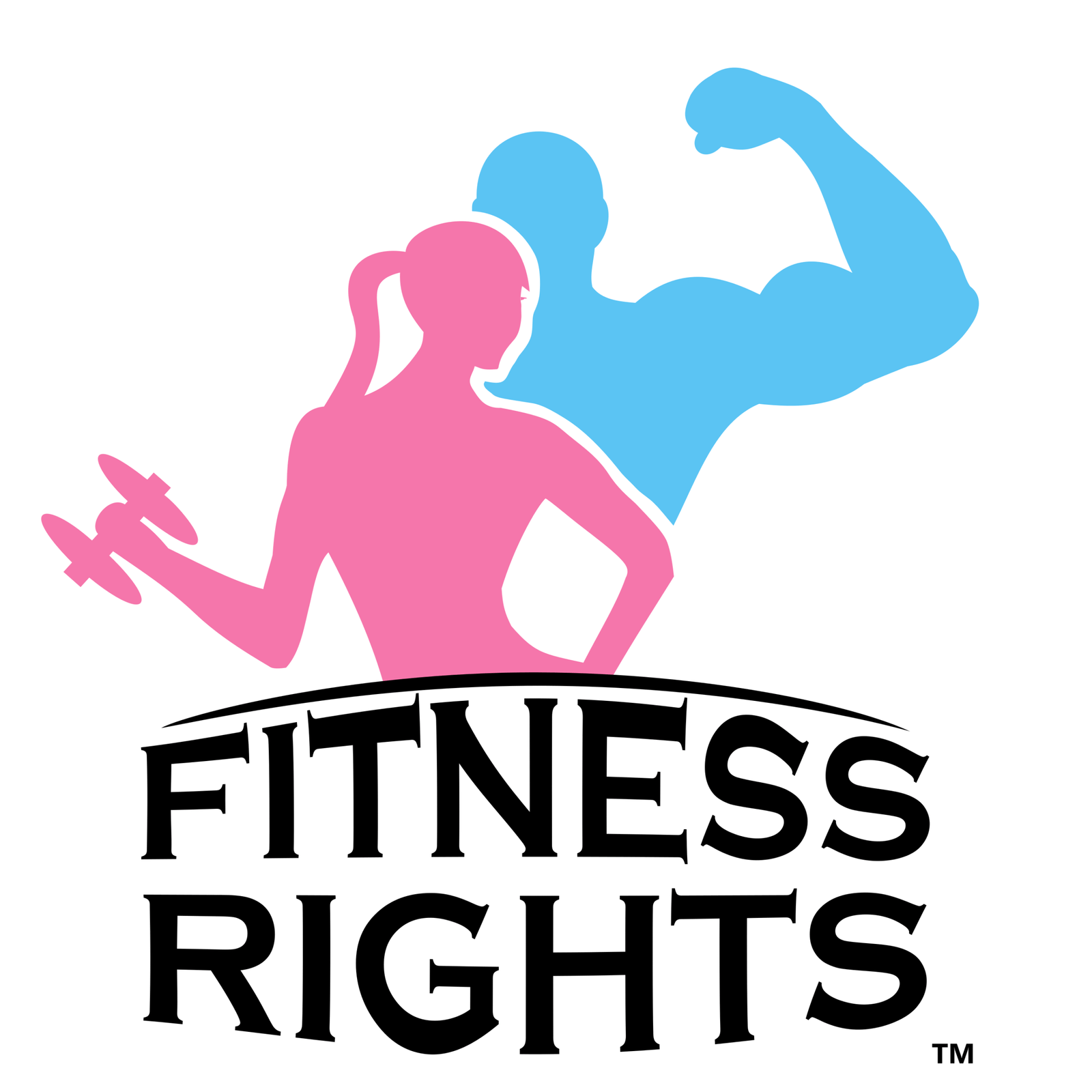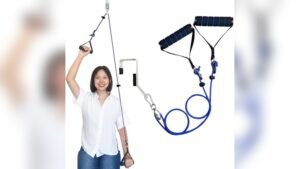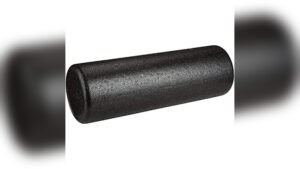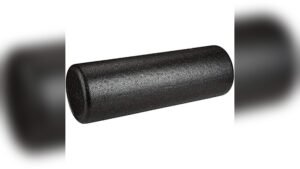Yoga, an ancient practice with roots tracing back over 5,000 years to the Indus Valley civilization, has evolved into a global phenomenon. Its benefits extend beyond physical fitness, encompassing mental and spiritual well-being. Among its many advantages, yoga is particularly renowned for enhancing flexibility and stretching. This guide delves into the various types of yoga that are most effective for stretching, providing detailed insights and practical tips for practitioners of all levels.
Table of Contents
ToggleUnderstanding Yoga and Its Benefits
What is Yoga?
Yoga is a holistic discipline that combines physical postures, breathing exercises, and meditation to promote overall health and well-being. Originating in ancient India, yoga has been practiced for centuries as a means to achieve harmony between the mind, body, and spirit. The word “yoga” itself is derived from the Sanskrit word “yuj,” which means to unite or join.
Historically, yoga was more than just a physical practice; it was a spiritual journey aimed at achieving enlightenment. The earliest references to yoga can be found in the Rigveda, one of the oldest sacred texts. Over time, yoga evolved into various forms, each with its unique focus and benefits.
Benefits of Yoga for Flexibility and Stretching
Yoga is widely celebrated for its ability to improve flexibility and promote stretching. Here are some key benefits:
• Enhanced Flexibility: Regular practice of yoga helps lengthen muscles and increase the range of motion in joints, leading to improved flexibility.
• Reduced Muscle Tension: Yoga poses, or asanas, target specific muscle groups, helping to release tension and alleviate stiffness.
• Improved Posture: Many yoga poses strengthen the core and back muscles, contributing to better posture and alignment.
• Injury Prevention: Increased flexibility and muscle strength can reduce the risk of injuries, particularly in activities that require physical exertion.
• Stress Relief: The combination of physical movement and mindful breathing in yoga helps reduce stress and promote relaxation.
Types of Yoga for Stretching
Yoga encompasses a variety of styles, each with its unique approach to stretching and flexibility. Here, we explore some of the most effective types of yoga for stretching.
Hatha Yoga
Key Poses in Hatha Yoga for Stretching
Hatha Yoga, often considered the foundation of all yoga styles, focuses on physical postures and breathing techniques. It is an excellent choice for beginners due to its slower pace and emphasis on alignment. Key poses in Hatha Yoga that enhance stretching include:
• Downward Dog (Adho Mukha Svanasana): This pose stretches the hamstrings, calves, and shoulders while strengthening the arms and legs.
• Forward Bend (Uttanasana): A deep stretch for the hamstrings and lower back, promoting flexibility in the spine.
• Triangle Pose (Trikonasana): Stretches the sides of the body, hamstrings, and hips, improving overall flexibility.
Benefits of Hatha Yoga for Beginners
Hatha Yoga is particularly beneficial for beginners due to its gentle approach and focus on foundational poses. Some benefits include:
• Improved Flexibility: Regular practice of Hatha Yoga helps beginners gradually increase their flexibility.
• Better Alignment: Emphasis on proper alignment reduces the risk of injury and enhances the effectiveness of each pose.
• Stress Reduction: The combination of physical postures and mindful breathing promotes relaxation and reduces stress.
Vinyasa Yoga
Flow Sequences for Flexibility
Vinyasa Yoga, also known as “flow” yoga, involves a series of poses linked together in a fluid, dynamic sequence. This style emphasizes the connection between breath and movement, creating a rhythmic flow. Key flow sequences for flexibility include:
• Sun Salutations (Surya Namaskar): A series of poses that stretch and strengthen the entire body, promoting flexibility and endurance.
• Warrior Poses (Virabhadrasana I, II, III): These poses stretch the hips, thighs, and shoulders while building strength and stability.
How Vinyasa Yoga Enhances Stretching
Vinyasa Yoga enhances stretching through its continuous, flowing movements. Benefits include:
• Dynamic Stretching: The fluid transitions between poses promote dynamic stretching, increasing flexibility and range of motion.
• Cardiovascular Benefits: The continuous movement elevates the heart rate, providing cardiovascular benefits alongside flexibility.
• Mind-Body Connection: The synchronization of breath and movement enhances mindfulness and body awareness.
Yin Yoga
Deep Stretching with Yin Yoga
Yin Yoga is a slow-paced style that involves holding poses for extended periods, typically 3-5 minutes. This practice targets the connective tissues, such as ligaments, tendons, and fascia, promoting deep stretching and flexibility. Key poses for deep stretching include:
• Butterfly Pose (Baddha Konasana): Stretches the inner thighs, hips, and lower back.
• Dragon Pose: A deep hip opener that stretches the hip flexors and quadriceps.
Poses to Improve Flexibility in Yin Yoga
Yin Yoga poses are designed to improve flexibility by targeting deep connective tissues. Benefits include:
• Increased Flexibility: Holding poses for extended periods allows for deep stretching and increased flexibility.
• Improved Joint Mobility: Yin Yoga enhances joint mobility by targeting the connective tissues around the joints.
• Relaxation: The meditative nature of Yin Yoga promotes relaxation and stress relief.
Restorative Yoga
Gentle Stretches in Restorative Yoga
Restorative Yoga focuses on relaxation and gentle stretching. Poses are typically supported with props such as bolsters, blankets, and blocks, allowing the body to relax fully. Key gentle stretches include:
• Supported Bridge Pose (Setu Bandhasana): A gentle backbend that stretches the chest, neck, and spine.
• Reclining Bound Angle Pose (Supta Baddha Konasana): Stretches the inner thighs and hips while promoting relaxation.
Benefits of Restorative Yoga for Relaxation and Flexibility
Restorative Yoga offers numerous benefits for relaxation and flexibility, including:
• Deep Relaxation: The use of props and gentle poses promotes deep relaxation and stress relief.
• Improved Flexibility: Gentle stretches help increase flexibility without straining the muscles.
• Enhanced Recovery: Restorative Yoga aids in recovery from physical exertion and reduces muscle soreness.
Power Yoga
Dynamic Stretches in Power Yoga
Power Yoga is a vigorous, fitness-based approach to yoga that emphasizes strength and flexibility. It involves dynamic movements and challenging poses that build muscle and enhance flexibility. Key dynamic stretches include:
• Chair Pose (Utkatasana): Strengthens the legs and stretches the shoulders and chest.
• Plank Pose (Phalakasana): Builds core strength while stretching the shoulders and wrists.
How Power Yoga Builds Strength and Flexibility
Power Yoga combines strength training with flexibility exercises, offering benefits such as:
• Increased Strength: Challenging poses build muscle strength and endurance.
• Enhanced Flexibility: Dynamic movements and deep stretches improve overall flexibility.
• Cardiovascular Fitness: The vigorous nature of Power Yoga provides cardiovascular benefits.
Relevant Data Table For Which Yoga is Best for Stretching:
| Yoga Type | Key Poses for Stretching | Benefits for Flexibility |
| Hatha Yoga | Downward Dog, Forward Bend | Great for beginners, improves overall flexibility |
| Vinyasa Yoga | Sun Salutations, Warrior Poses | Enhances flow and dynamic stretching |
| Yin Yoga | Butterfly, Dragon Pose | Deep, long-held stretches |
| Restorative Yoga | Supported Bridge, Reclining Bound Angle | Gentle, relaxing stretches |
| Power Yoga | Chair Pose, Plank | Builds strength while improving flexibility |
FAQs:
1. What is the best time to practice yoga for stretching?
The best time to practice yoga for stretching can vary depending on individual preferences and schedules. However, many practitioners find that practicing yoga in the morning or evening offers distinct benefits.
• Morning Practice: Practicing yoga in the morning helps wake up the body and mind, setting a positive tone for the day. Morning yoga can increase energy levels, improve focus, and enhance flexibility by gently stretching muscles that may be stiff from sleep.
• Evening Practice: Evening yoga is ideal for winding down after a busy day. It helps release tension accumulated throughout the day, promotes relaxation, and prepares the body for restful sleep. Evening practice can also improve flexibility by stretching muscles that have been active during the day.
Ultimately, the best time to practice yoga for stretching is when it fits seamlessly into your daily routine, allowing for consistency and regularity.
2. How often should I practice yoga to see improvements in flexibility?
To see improvements in flexibility, consistency is key. Practicing yoga regularly, ideally 3-5 times per week, can lead to noticeable changes in flexibility over time. Here are some tips for maintaining a consistent practice:
• Set Realistic Goals: Start with achievable goals, such as practicing yoga for 20-30 minutes a few times a week, and gradually increase the duration and frequency.
• Create a Routine: Establish a regular yoga routine that fits your schedule. Consistency is more important than the length of each session.
• Listen to Your Body: Pay attention to your body’s signals and avoid pushing yourself too hard. Flexibility improvements take time, and it’s essential to practice patience and self-compassion.
3. Can beginners start with any type of yoga for stretching?
Beginners can start with various types of yoga for stretching, but some styles are more beginner-friendly than others. Here are a few recommendations:
• Hatha Yoga: Hatha Yoga is an excellent choice for beginners due to its slower pace and focus on foundational poses. It provides a solid introduction to yoga and helps build flexibility gradually.
• Restorative Yoga: Restorative Yoga is gentle and relaxing, making it suitable for beginners. It involves supported poses that promote deep stretching and relaxation.
• Yin Yoga: Yin Yoga is also beginner-friendly, as it involves holding poses for extended periods. This practice targets deep connective tissues and enhances flexibility.
While Vinyasa and Power Yoga can be more challenging for beginners, they can still be practiced with modifications and guidance from an experienced instructor.
4. Are there any precautions to take while doing yoga for stretching?
Practicing yoga for stretching requires mindfulness and attention to avoid injury. Here are some precautions to consider:
• Warm-Up: Always start with a gentle warm-up to prepare your muscles and joints for stretching. This can include light movements or dynamic stretches.
• Listen to Your Body: Pay attention to your body’s signals and avoid pushing yourself into painful or uncomfortable positions. Stretching should feel gentle and relaxing, not painful.
• Use Props: Utilize props such as blocks, straps, and bolsters to support your practice and make poses more accessible.
• Practice Mindful Breathing: Focus on your breath and use it to guide your movements. Deep, mindful breathing can enhance relaxation and improve flexibility.
• Seek Guidance: If you’re new to yoga, consider taking classes with a qualified instructor who can provide guidance and ensure proper alignment.
5. How does yoga compare to other forms of stretching exercises?
Yoga offers unique benefits compared to other forms of stretching exercises. Here are some key differences:
• Holistic Approach: Yoga combines physical postures, breathing exercises, and meditation, promoting overall well-being. Other stretching exercises may focus solely on physical flexibility.
• Mind-Body Connection: Yoga emphasizes the connection between breath and movement, enhancing mindfulness and body awareness. This holistic approach can lead to deeper relaxation and stress relief.
• Variety of Styles: Yoga offers a wide range of styles, each with its unique focus and benefits. This variety allows practitioners to choose a style that suits their needs and preferences.
• Community and Support: Yoga classes often provide a sense of community and support, fostering a positive and encouraging environment for practice.
While traditional stretching exercises can effectively improve flexibility, yoga offers a comprehensive approach that addresses physical, mental, and emotional well-being.
Conclusion:
Yoga offers a variety of styles that cater to different levels of flexibility and stretching needs. Incorporating yoga into your routine can significantly enhance your flexibility, reduce muscle tension, and promote overall well-being. Choose the type of yoga that best suits your goals and enjoy the journey towards a more flexible and balanced body.
For more information on the best yoga stretches, visit Fit Athletic and Prevention.
Posts References:
How Yoga Improves Your Flexibility | ? Mission Beach Yoga
13 Best Yoga Stretches to Do Every Day to Ease Stiffness and Pain






